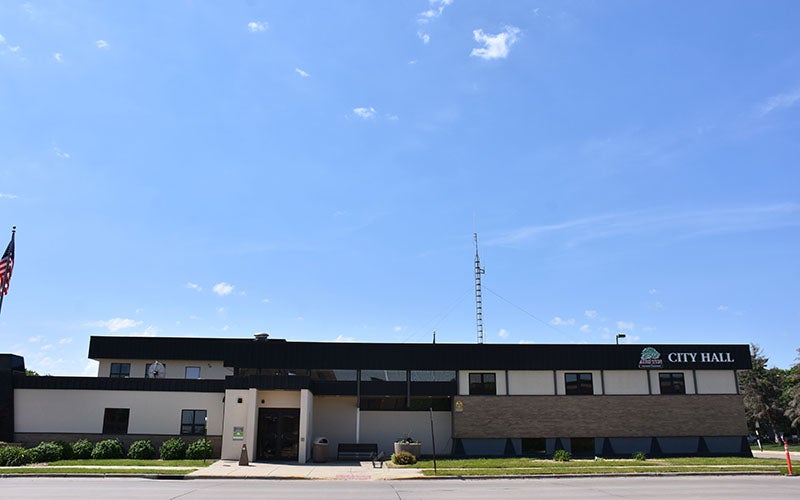Savings likely less with new Human Services merger model
Published 10:00 am Friday, August 31, 2012
A host of questions remain for the six counties that may merge their human services departments, but it seems many agree the way they’re doing business now is a thing of the past.
“Everybody agrees the current system is unsustainable,” Human Services Director Julie Stevermer said.
On Thursday, officials from the six counties remaining in the Southeastern Minnesota Redesign — Mower, Dodge, Steele, Waseca, Freeborn and Houston — met at the Steele County Fairgrounds in Owatonna to discuss the next steps for merging.
Stevermer said one key purpose was to see where each county stands as far as must-haves and wants for the redesign. Once again, commissioners in each of the six counties will vote on whether to move forward in September. The Mower County board is tentatively scheduled to vote Sept. 11, according to Commissioner Tony Bennett.
Now that only half of the original 12 counties are still involved, commissioners are questioning how prior estimates and plans will hold up, especially the estimates for cost avoidance — or future savings.
Under the 12-county model, consultant Accenture estimated the counties could save about $60.6 million over the next five years — about $34.8 million in county dollars, $23.5 million in federal dollars and $2.5 million in state funds. Mower County’s cost avoidance was $1.77 million, and another model shows $4.7 million in cost avoidance for the county over the first 15 years.
However, it appears unlikely the six counties will reach the same savings.
“You’re not going to have the cost avoidance that you had with the 12-county model,” Stevermer said.
Commissioner Tony Bennett said it’s not just about savings, as counties are also looking to keep costs from increasing, and he said many are concerned about an inability to meet new state requirements.
“Now it’s a matter of looking at a much smaller model,” Bennett said.
Officials from the six counties discussed a number of issues from forming a flexible partnership to the merit of early intervention and best practice models.
Another topic discussed was preventive services, as Bennett said many commissioners questioned the effectiveness, largely because the savings are difficult to gauge. An example would be parents being reported for their children being very underweight. Does a county truly save by stepping in and potentially preventing future costs? Another example is end of life costs and whether promoting healthy lifestyles would keep people in their homes longer. Bennett said human services employees and directors support prevention.
Human Services has been a much-talked about department for county government, largely because of high costs and many mandated services. Out of home placement costs frequently drive up budgets, and the federal deficit and projected cuts in funding sources make finding more revenue unlikely.
That has left counties like the six involved in the redesign looking for ways to do business in a more efficient — and they hope cheaper — manner.
The next steps won’t be easy or necessarily cheap. The next stage is mobilization, which will include revising the operating model, forming the governing body and planning for the next phases.
Stevermer said one estimate has mobilization costing $160,000. However, she said that estimate may be high, and the counties are looking to secure a Bush Foundation grant to pay half the costs. The counties still in will pay the remaining costs.
“Counties will have to put forth money,” Stevermer said.
The counties will also form a steering committee of about three people from each county, including a commissioner and likely the director from each county.
Despite the uncertainty regarding savings, Bennett said, he expects to move forward, as the county doesn’t have any other options for meeting new state guidelines.
“I think it’d be short-sighted not to keep exploring,” he said.
Bennett said it’s almost certain there will continue to be staff and offices in Mower County.
“I don’t ever see that changing,” he said.
Mower officials listed a local presence as something they’d like, but it wasn’t a must have. Mower’s must-haves were to have equal input from associated counties, one vote per county on the governing board, flexibility to include public health and plans for preventative services to reduce long-term costs.
Four of Mower County’s five commissioners attended the meeting, with only Jerry Reinartz, who is on vacation, absent.




